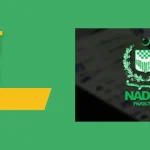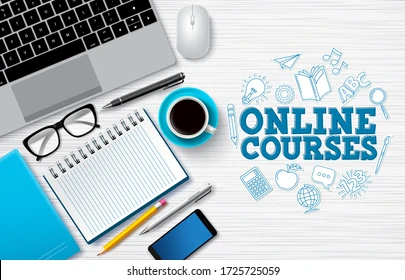
📌 Introduction: Are Your Notes Helping or Hurting You?
Many students take notes just to “get it over with.”
But what if your notes could become your secret weapon for exams?
The truth is:
Good notes aren’t about copying—they’re about processing.
And when you write them the right way, they save you time, reduce stress, and boost your memory.
This article teaches you how to take smart, structured, and science-backed notes that actually work.
📖 1. What Makes Notes Effective?
Great notes are:
- Organized: Easy to review and navigate
- Active: Engage your brain, not just your pen
- Summarized: Focused on key ideas, not every word
- Connected: Link new info to what you already know
- Personalized: Reflect your own language and understanding
🧠 2. Understand the “Note-Taking Pyramid”
There are 3 levels of note-taking:
| Level | Style | Impact |
|---|---|---|
| 1 | Passive (copying slides) | 😴 Low retention |
| 2 | Structured (organized notes) | ⚖️ Moderate recall |
| 3 | Active (summarizing + recall) | 🚀 High retention |
Your goal: move to Level 3.

📋 3. Choose the Right Note-Taking Method
🧱 A. Cornell Method (Best for Review)
- Split your page into:
- Cue column (questions, keywords)
- Note-taking column (main notes)
- Summary (bottom)
✅ Great for reviewing and self-testing
🧠 B. Mind Mapping (Best for Visual Learners)
- Central idea in the middle
- Branch out to sub-topics, examples, and definitions
- Use colors, symbols, and images
✅ Great for understanding big-picture concepts
📚 C. Outline Method (Best for Linear Subjects)
- Use indentation and bullet points
- Good for history, biology, and lecture-heavy topics
✅ Simple but powerful
💬 D. Charting Method (Best for Comparisons)
- Create a table for subjects like history or science
- Good for:
- Differences between theories
- Pros and cons
- Formulas vs. definitions
✅ Great for clarity and efficiency
✍️ 4. Don’t Write Everything—Write What Matters
Focus on:
- Main ideas and keywords
- Definitions, formulas, dates
- Examples and applications
- Questions asked in class
- Things the teacher repeats or emphasizes
Skip:
- Every single word
- Long quotes or filler text
- Things already in your textbook
“If everything is important, nothing is.”
🧠 5. Use Abbreviations and Symbols to Save Time
| Shortcut | Meaning |
|---|---|
| → | leads to/result |
| ↑ / ↓ | increase / decrease |
| w/ | with |
| b/c | because |
| ∴ | therefore |
| eg. / i.e. | example / in other words |
Create your own system—just make sure you can read it later!
🎨 6. Make Your Notes Visually Appealing
Add:
- Headings and subheadings
- Highlight key terms
- Underline or box formulas
- Use bullets and indentation
- Add small doodles or diagrams
Why? Your brain loves structure and visual cues.
Try using colored pens or digital highlighting for even better memory.

📲 7. Handwritten vs. Typed Notes – What’s Better?
✍️ Handwriting:
- Slower—but improves comprehension
- Encourages summarizing and active thinking
⌨️ Typing:
- Faster—but can lead to mindless transcription
- Best when paired with post-class review or restructuring
📌 Tip: Handwrite in class, type and organize later.
📆 8. Review Notes Within 24 Hours
This is crucial.
Your brain starts forgetting material within hours unless you revisit it.
🛠 Try This:
- 10-minute review the same day
- Highlight tough spots
- Add questions in the margin
- Summarize each page
Bonus: Do a weekly review session to lock it all in.
🧪 9. Combine Notes With Active Recall
Your notes aren’t meant to just sit in a folder. Use them to quiz yourself.
How:
- Cover the main section, look at cues
- Turn headings into questions
- Recite aloud or write from memory
Example:
Cue: “Causes of WWI”
Recall: Militarism, Alliances, Imperialism, Nationalism
💡 10. Bonus: Use Digital Tools to Enhance Your Notes
If you’re digital-first, here are top tools:
| Tool | Purpose |
|---|---|
| Notion | All-in-one workspace for notes |
| OneNote | Cornell format templates |
| GoodNotes | For iPad + Apple Pencil users |
| Obsidian | Connects notes like a brain map |
| Evernote | Clipping + tagging + sync |
💡 Tip: Always backup your notes—cloud, email, or hard drive.
✅ Conclusion: Your Notes = Your Learning Engine
The best students don’t just take notes—they use them.
Smart note-taking saves time, improves understanding, and boosts grades.
Start by:
- Picking the right method
- Reviewing regularly
- Making your notes work for you
“If studying is the game, note-taking is your playbook.”










